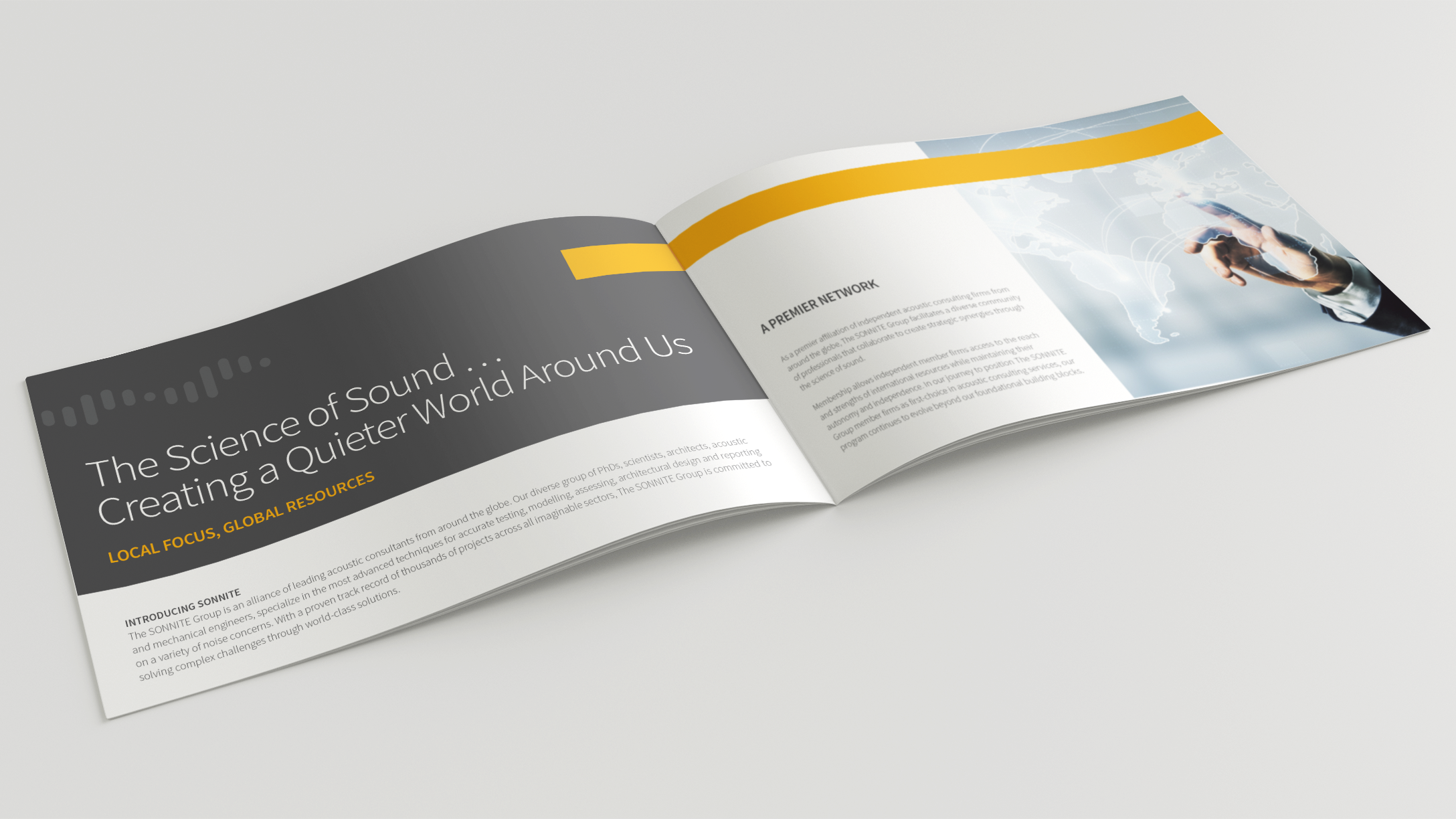What’s So Hard About Simplicity?
Brochure design by Spindrift Design Studio.
Has a certain piece of furniture, a vehicle, architecture or graphic design design caught your and just captivated you? Chances are it is incorporating a minimalist design philosophy. The use of less, less joints, less lines, less elements.
Minimalist design is a design approach that emphasizes simplicity and the use of minimal elements to create a clean and uncluttered aesthetic. At its core, minimalist design focuses on the essentials, stripping away unnecessary elements to reveal the essence of a design. This design philosophy can be applied to various disciplines, including graphic design, architecture, interior design, and product design.
Creating a great minimalist design can be challenging despite its simple and clean appearance. The challenge striking a balance between simplicity and sophistication while effectively conveying the desired message or function using minimal elements.
Understanding Design Principles
One of the main challenges of minimalist design is the need for a deep understanding of design principles. The minimalist design relies heavily on negative space, clean lines, and simplicity, every element in the design must be carefully considered and placed to maintain balance and harmony. This requires a keen eye for detail, a strong sense of visual aesthetics, and experience.
Oversimplification
While minimalist design aims to remove unnecessary elements, there is a fine line between simplicity and blandness. We always strike a balance, ensuring that our designs remain visually engaging and communicate the intended message effectively, without being too sparse or boring.
Logo design by Spindrift Design Studio.
Restraint and Discipline
Minimalist design requires a high level of restraint and discipline. It can be tempting to add more elements or embellishments to a design. We often resist the urge to overcomplicate the design and instead, we focus on refining and simplifying the existing elements. At some point during the design process, we occasionally receive some pushback from clients, this is where a good working relationship and trust benefits both parties.
Limited Elements
Minimalist design often features a limited number of elements, each element must carry its weight and contribute to the overall composition. Achieving the right balance between negative space and positive space, as well as between different design elements, requires careful consideration and skill.
Strong Ideas
Since minimalist design tends to be more abstract and simplified, having a clear concept or idea to guide the design process is crucial. Without a strong concept, the design may lack depth and meaning, making it less impactful and effective.
Logo and stationary design by Spindrift Design Studio.
Minimalist design can create a sense of balance, harmony, and elegance by focusing on negative space, clean lines, and simplicity. Its versatility, and timeless appeal make minimalist design a design option worth considering. However, beware that creating a simple, beautiful and effective minimalist design takes experience, a strong sense of visual aesthetics and a keen eye for detail.



